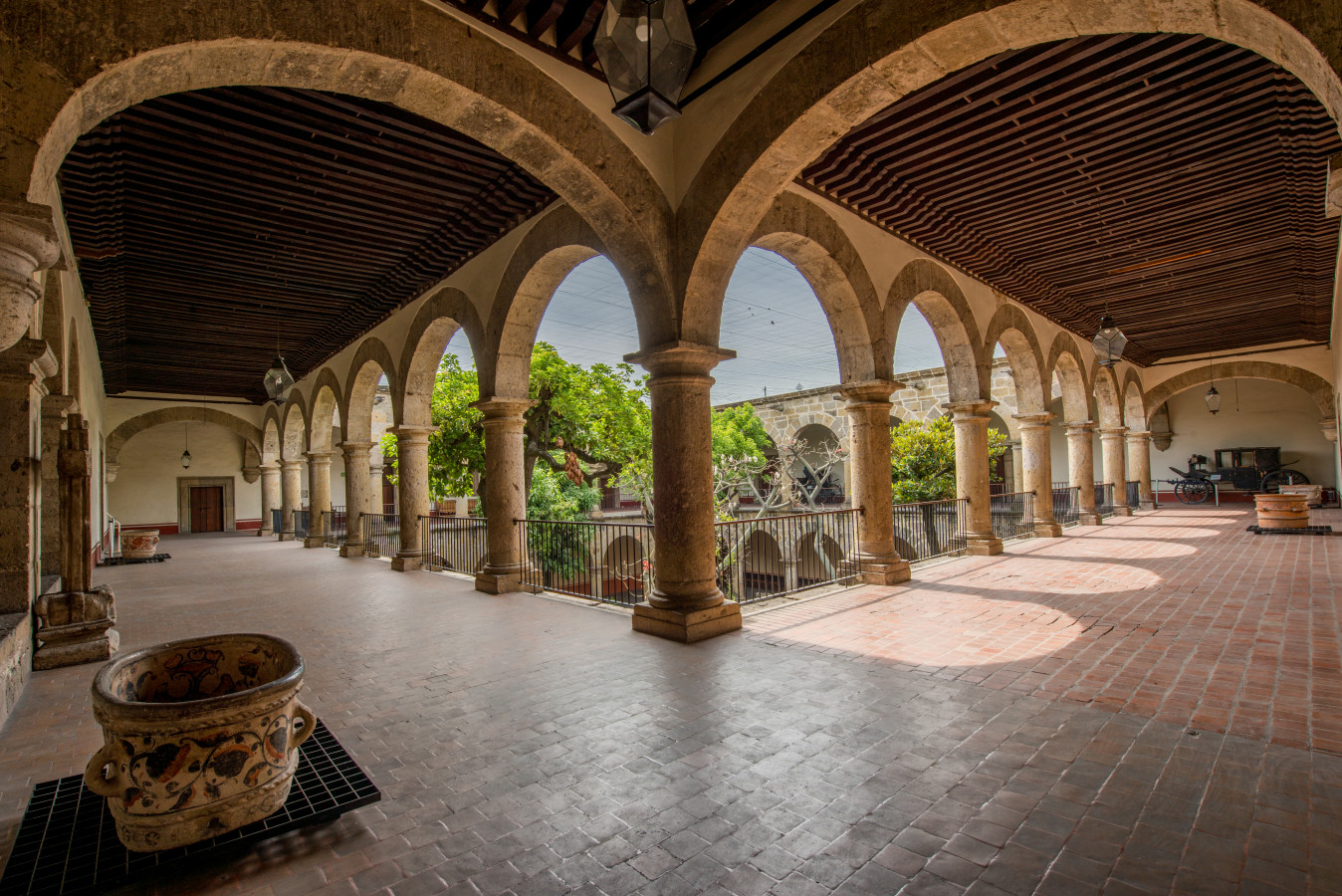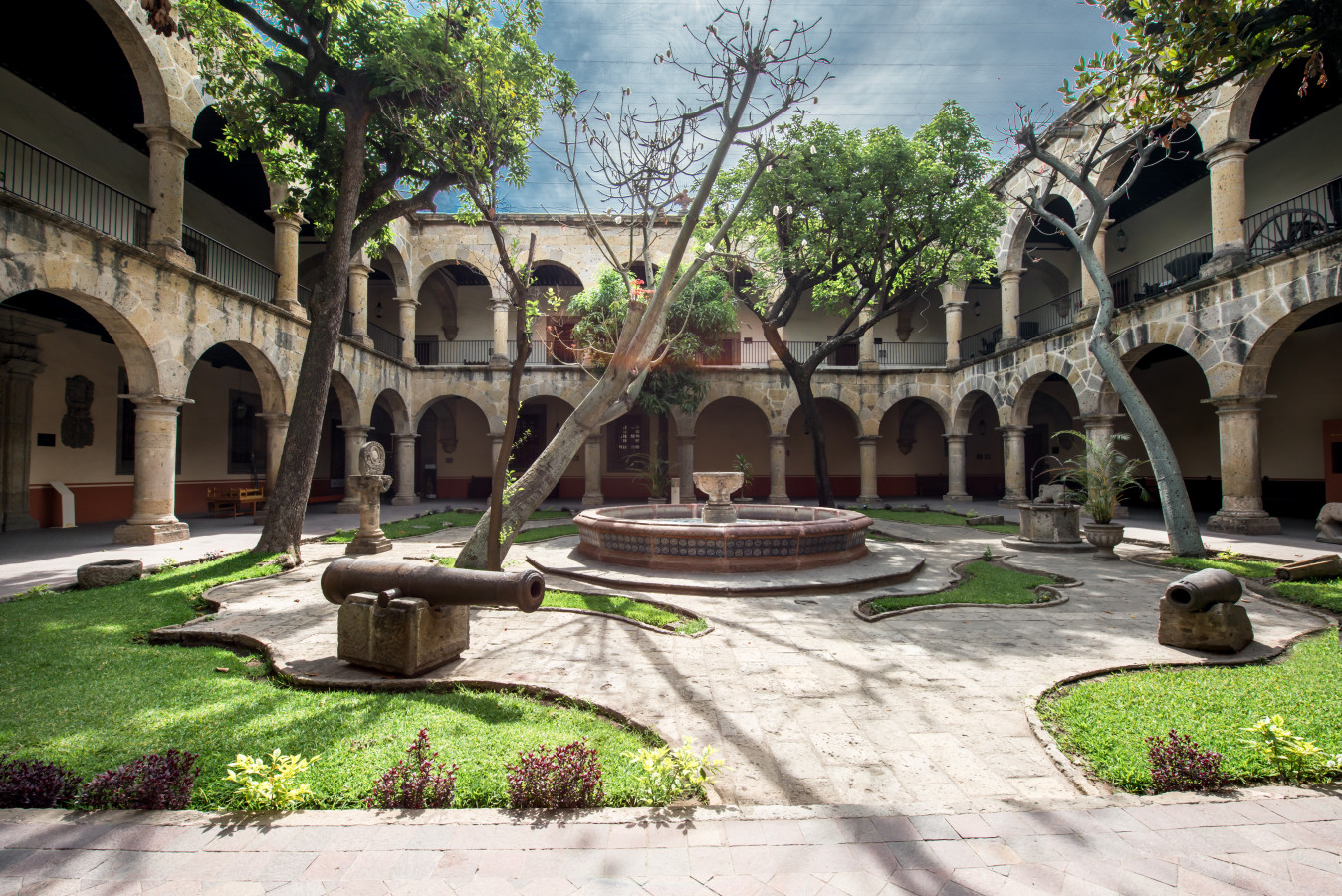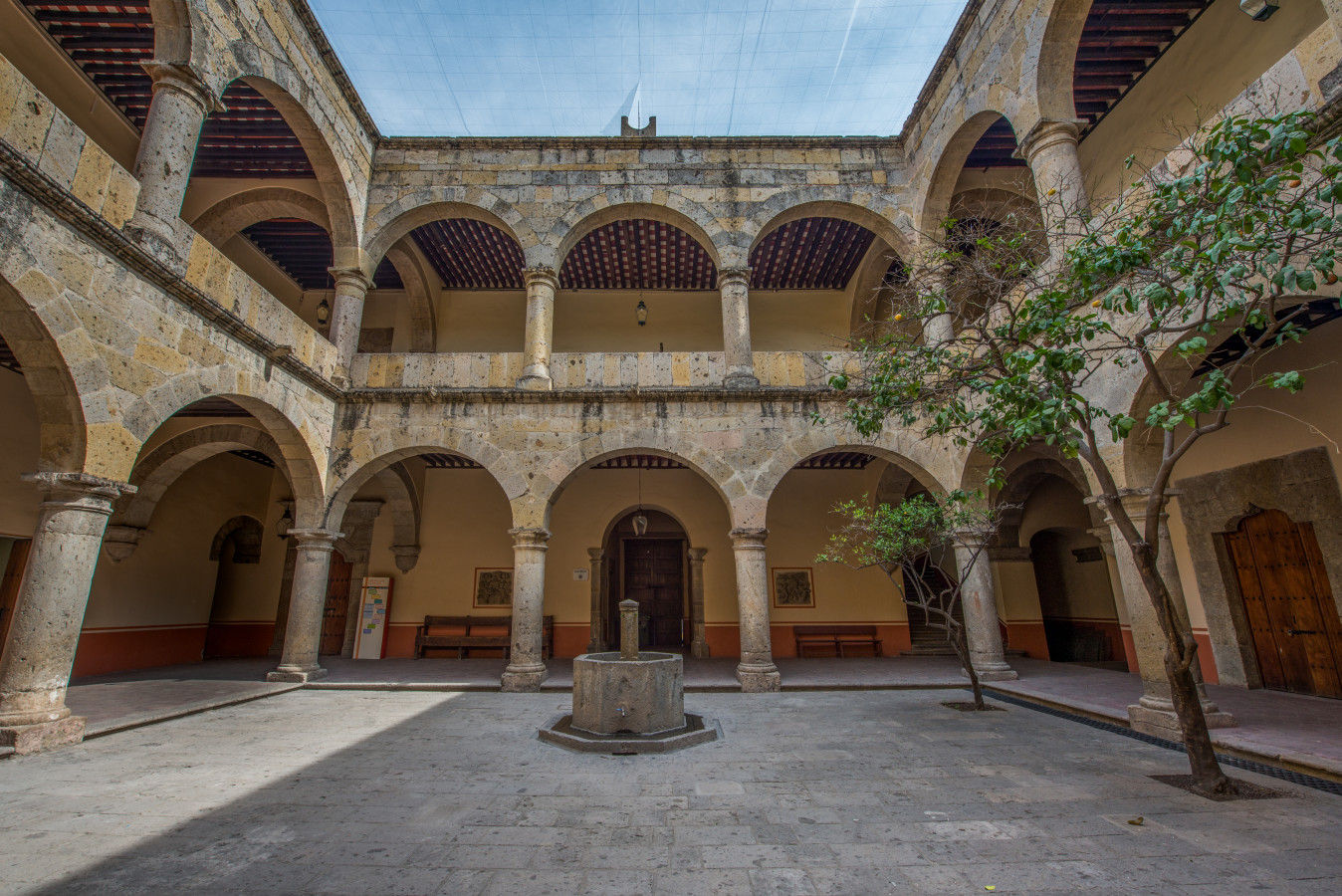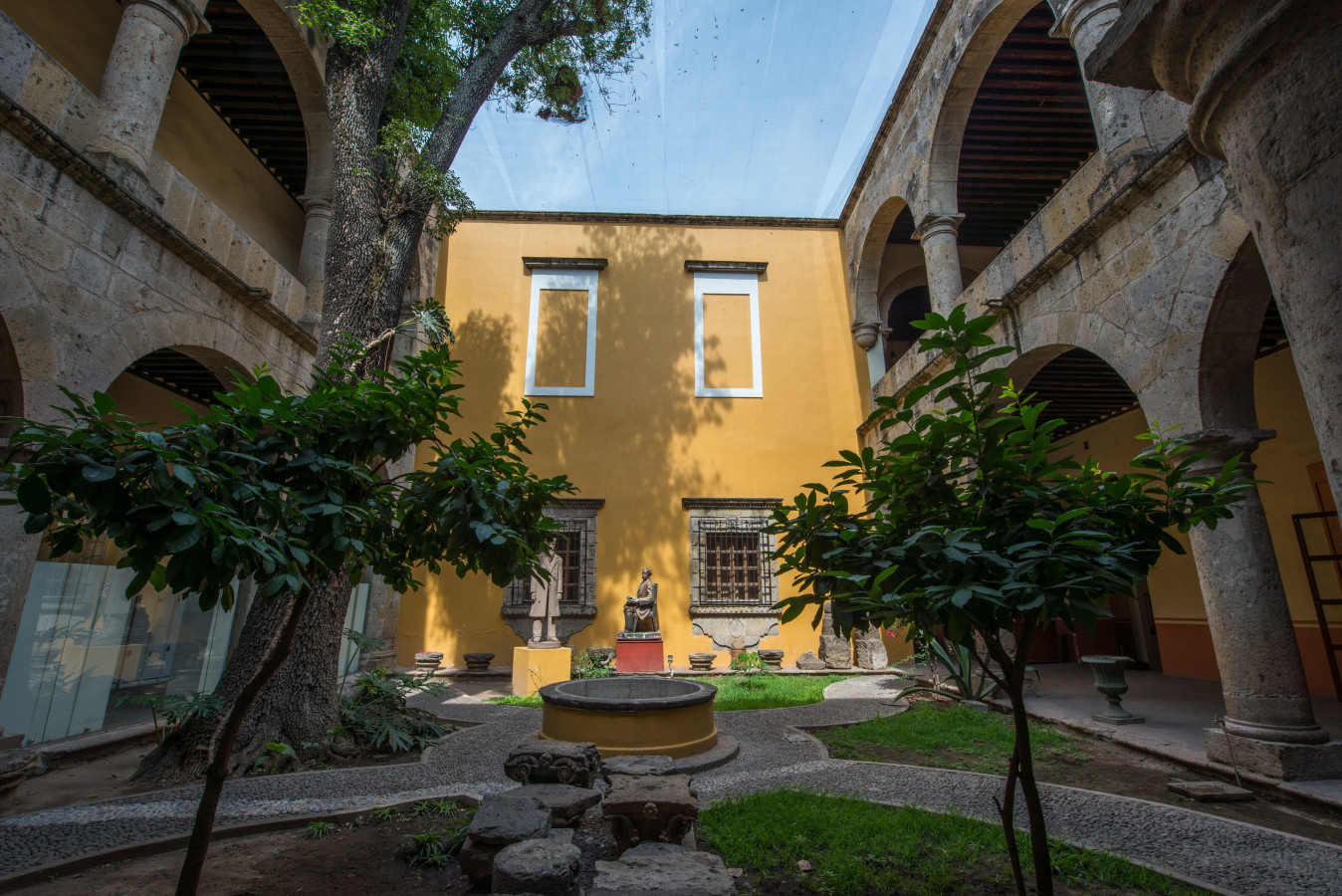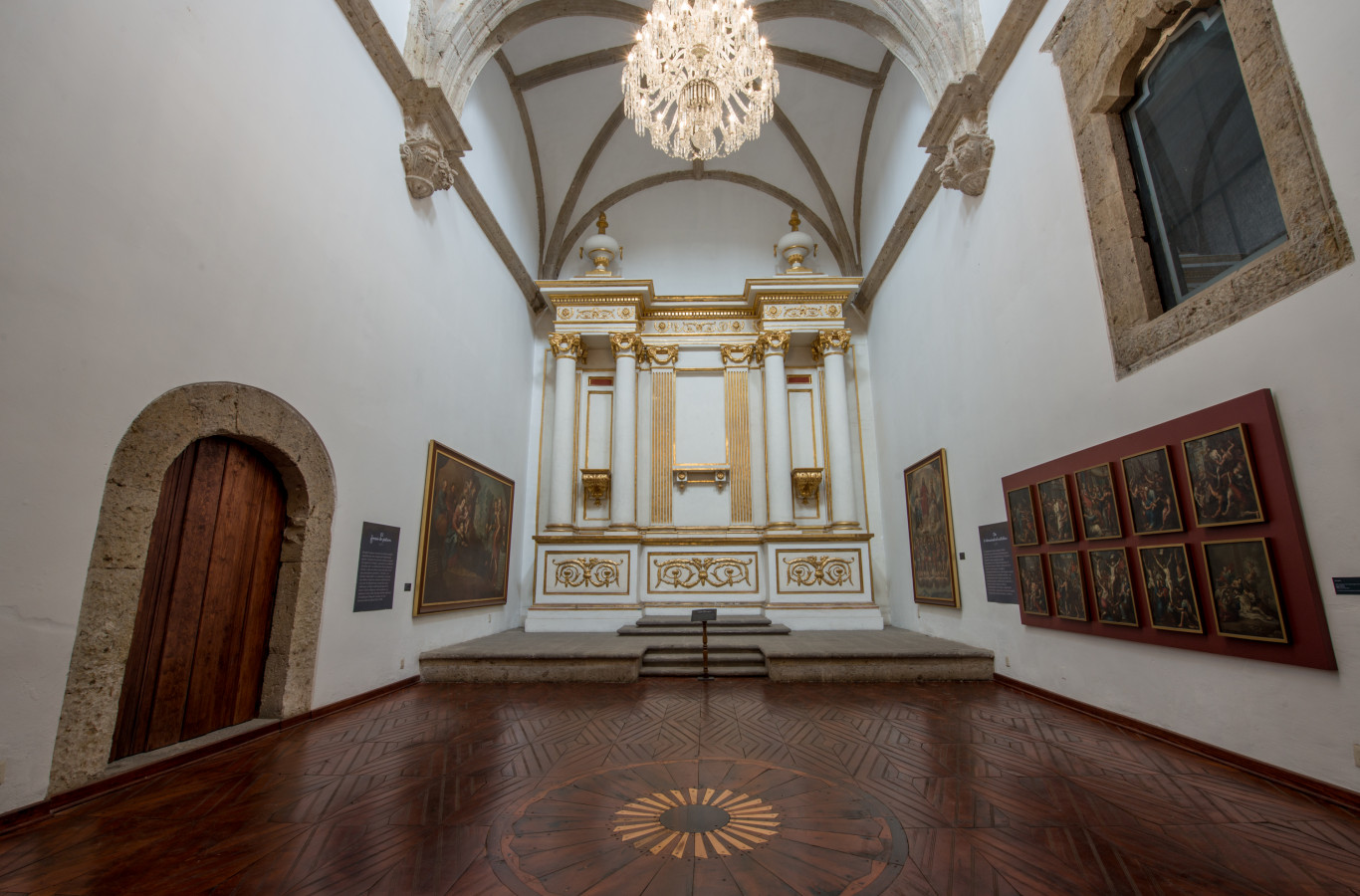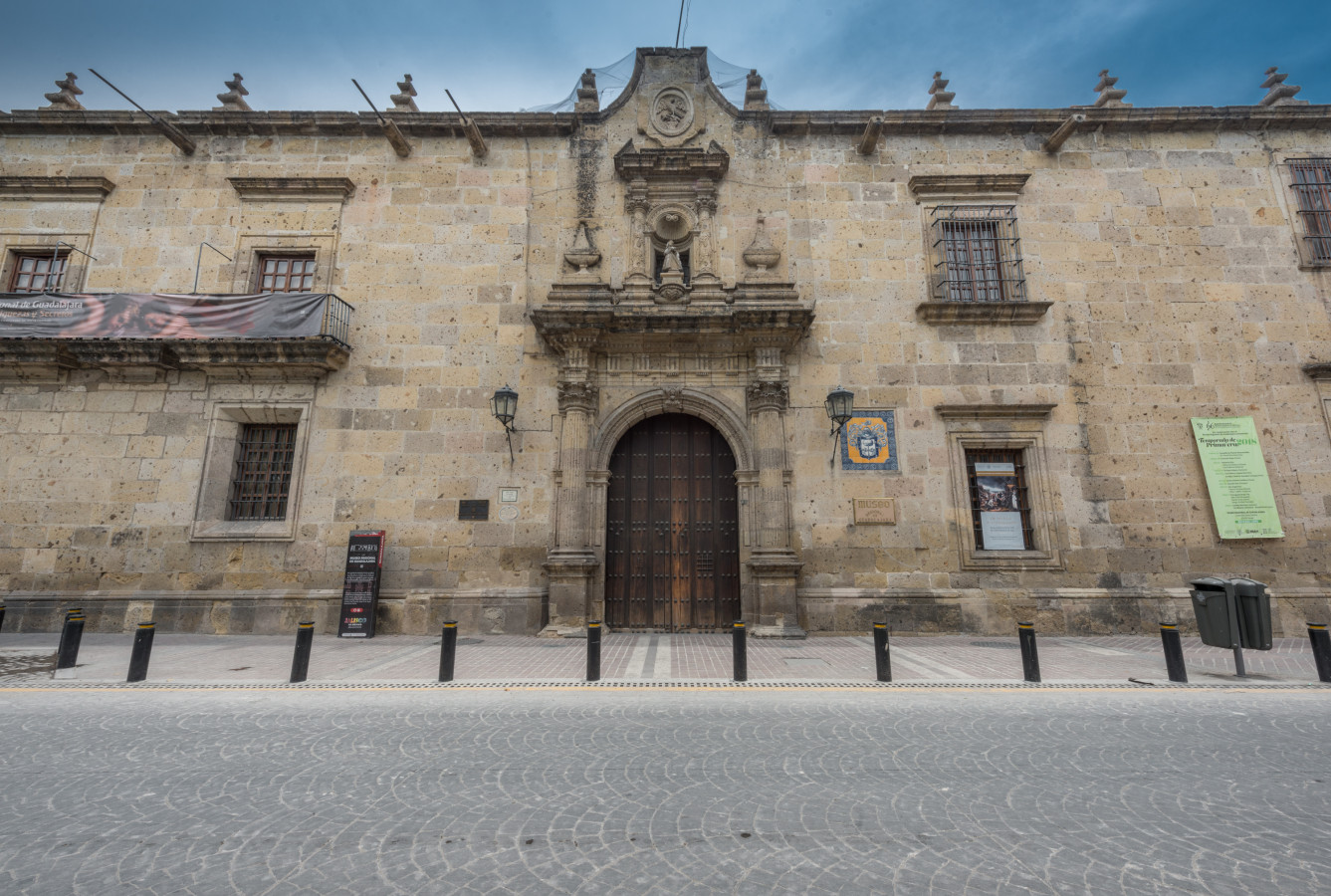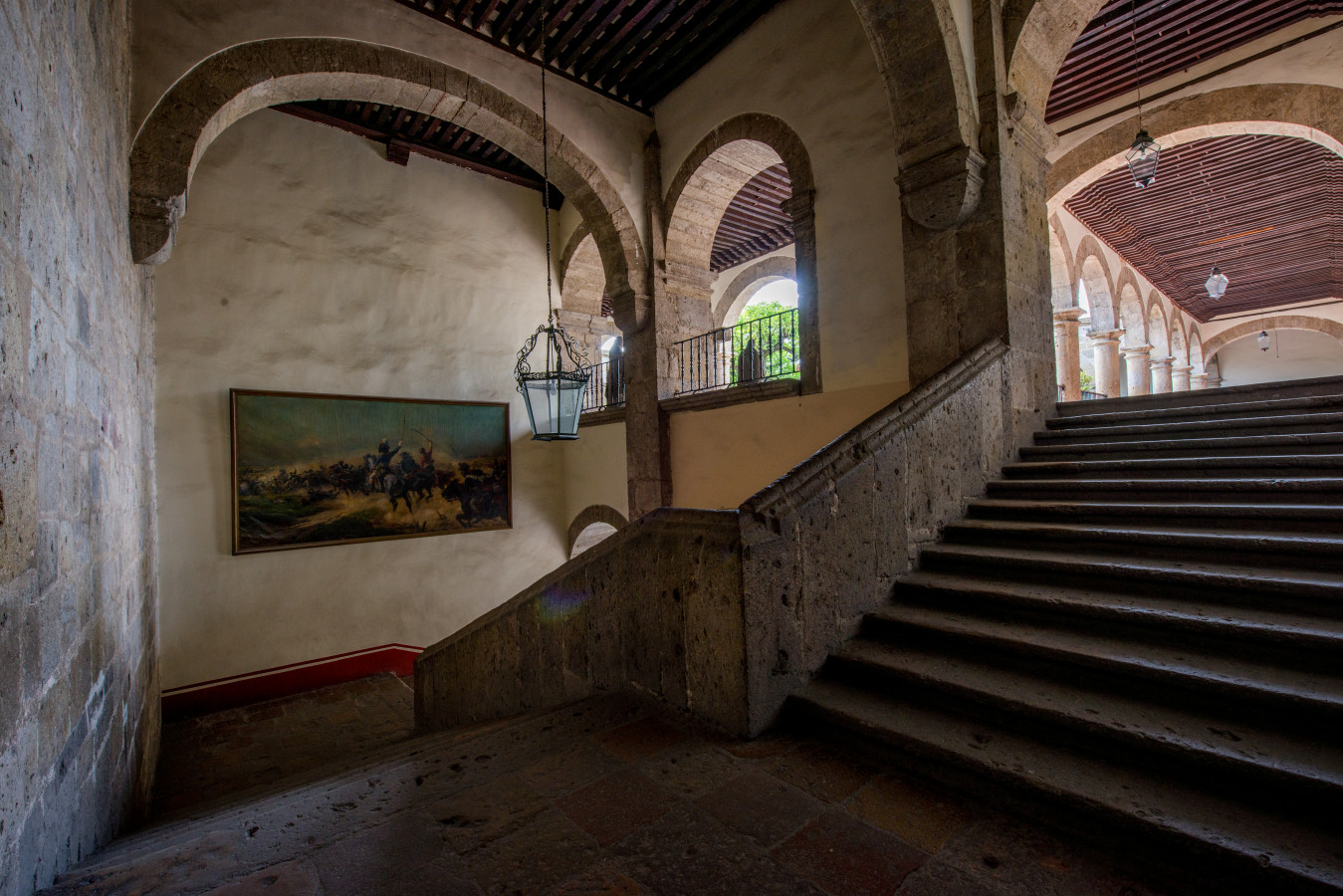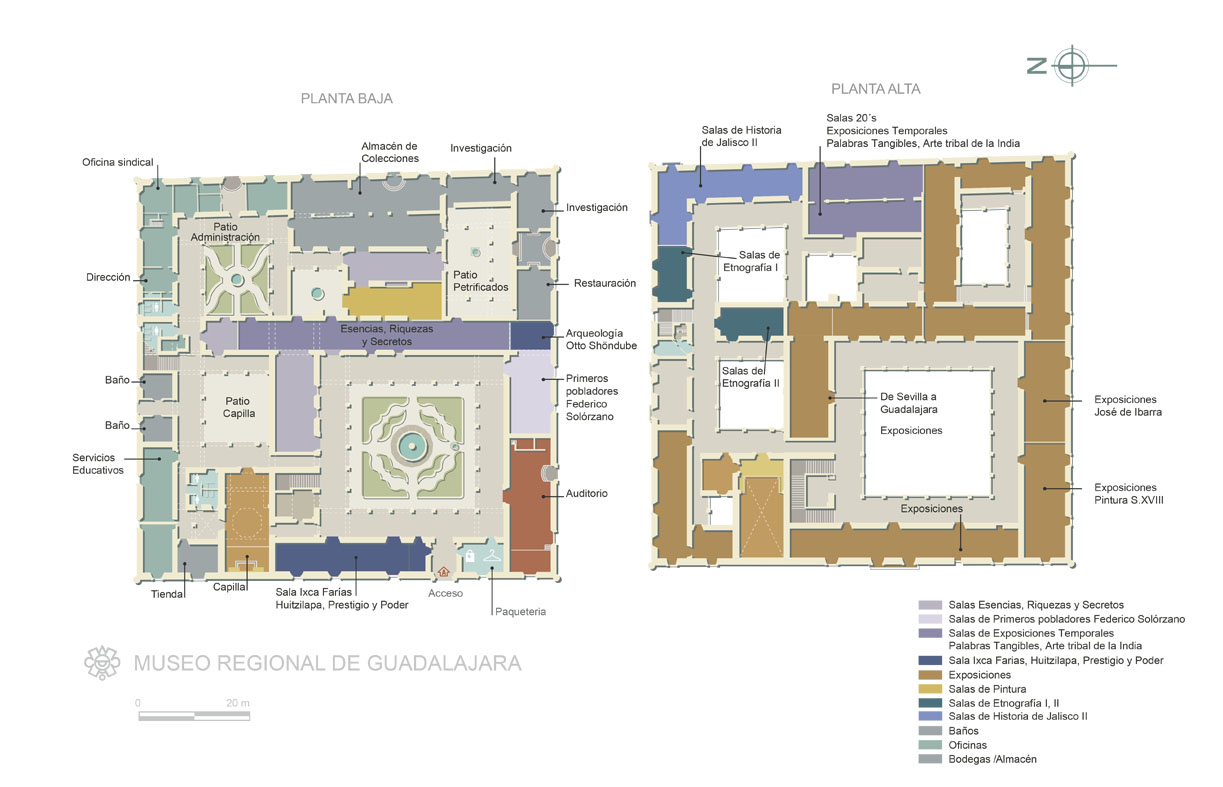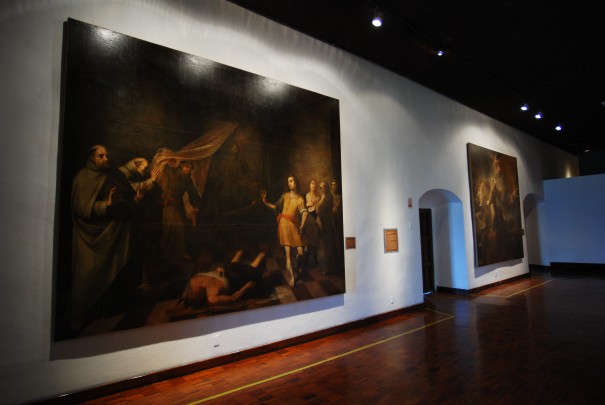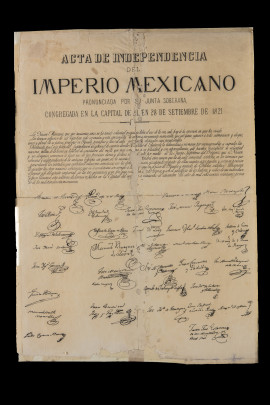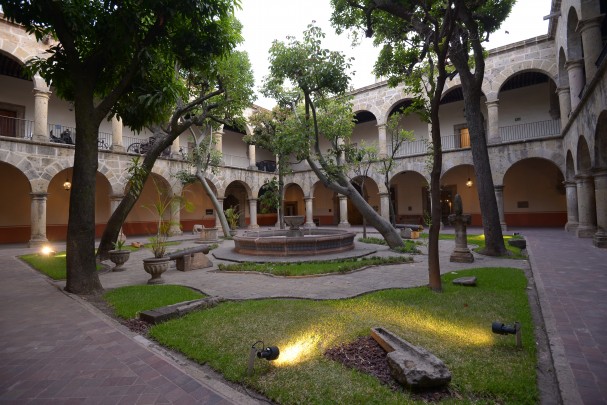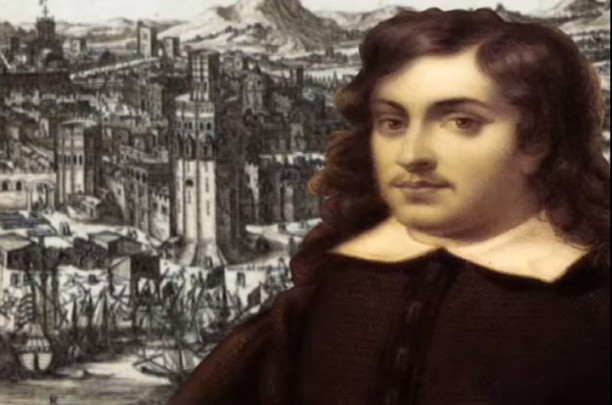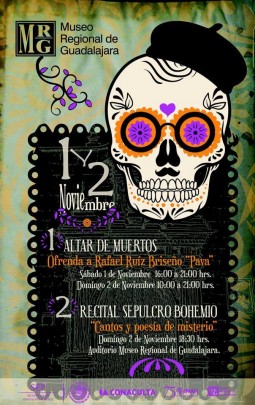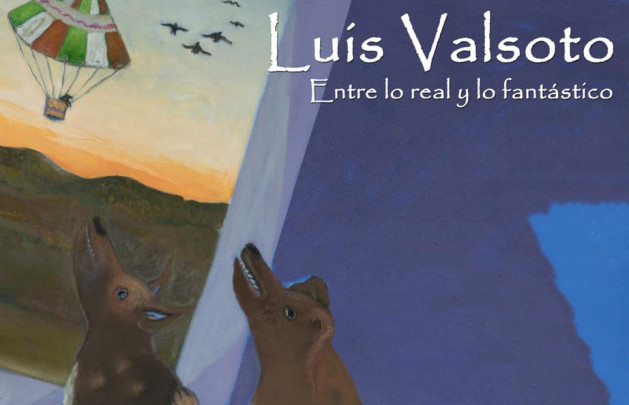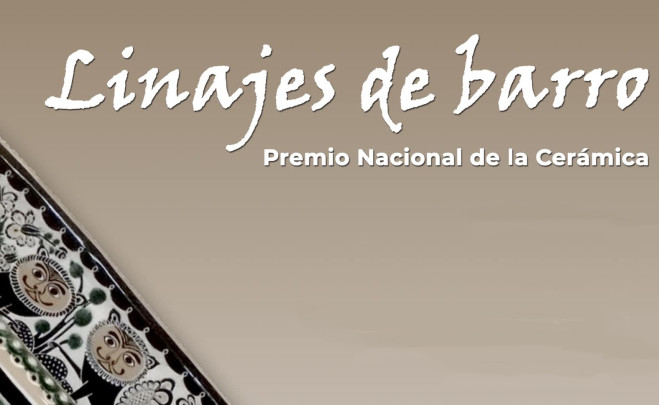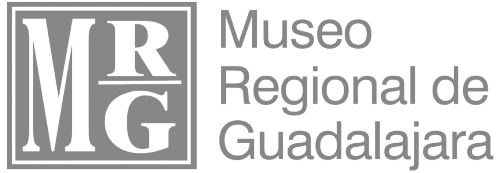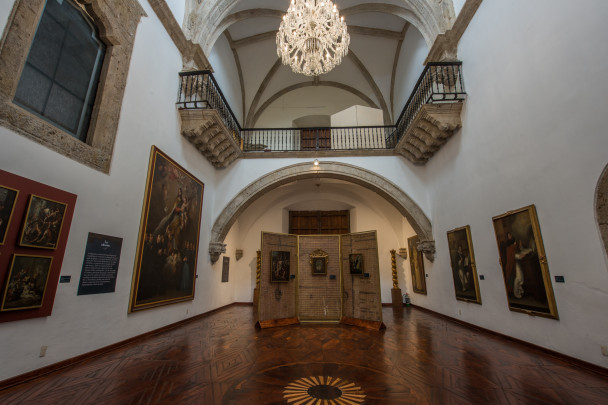The Regional Museum of Guadalajara can be found in the heart of the city, at number 60 Liceo Street. It is located in the former San José Tridentine Seminary, built towards the end of the eighteenth century, which stands out with its Baroque facade, central courtyard and beautiful staircase.
The building has seen a range of uses over time, including a prison and barracks during the Mexican War of Independence, and a boys’ high school at the end of the nineteenth century. In 1918, it was used for the first time as a museum, in 1939 it became part of the National Institute of Anthropology and History, and in 1976 it reopened with a new exhibition layout.
It presents both temporary and permanent, national and international, exhibits. Its collection is vast and comprises paleontological and archeological objects, a large art gallery and two collections, one historical and the other ethnographic. It is currently being redesigned in order to celebrate its centenary in 2018, for which a new outline and museography are being planned.
The San José Tridentine Seminary building is emblematic of the capital of Guadalajara. Its origins date back to 1743, when the bishop of Guadalajara, Juan Gómez de Parada, ordered its construction and by 1758 it was already in operation. The spacious and noble building, with its Baroque façade, occupies the block located immediately to the north-east of the Cathedral. It has a quadrangular floor and two levels. Isolated Tuscan-order columns are found in the main courtyard, surrounding the splendid cloisters. The main facade incorporates a niche with a sculpture of Saint Joseph, which is flanked by semi-circular pilasters whose shafts show coiling vines. A carving of Mexico’s National Eagle is found in the upper part, an emblem that was brought from the former University of Guadalajara in 1939. The second courtyard has a magnificent chapel with a single nave, an altar in the Neo-classical style and a small chancel with an entrance on the upper floor.
Towards the end of 1810, the college felt the effects of the Independence movement initiated by Miguel Hidalgo. With the aim of using rebel troops, commanded by José Antonio “the Master” Torres, to occupy Guadalajara’s central square, it was employed as a barracks. Classes were suspended from November 26, 1810 to January 14, 1811, during which time Father Hidalgo stayed in the city. At some point it was also used as a prison for the Spaniards, who it is said were later killed. Subsequently, when Hidalgo left, the building was converted into a warehouse and military barracks for the royalist troops.
The museum originates from 1914-1915, when Professor Ixca Farías took an interest in preserving the surviving works and objects of artistic merit from the churches and convents of Guadalajara. After the Constitutionalist army entered Guadalajara (July 8, 1914), Ixca Farías recognized the need to gather the works of arts from the occupied churches and houses to avoid their destruction or loss. He recalled that people from the town removed books and missals from the Cathedral of Guadalajara and took them to their homes, but at that time he did not have any authority to prevent these actions.
In his role as inspector of works of art in Guadalajara, between 1917 and 1918 Ixca Farías carried out an inventory of the religious works and objects from the city’s churches, with the purpose of assembling them at a given time and in a space suitable for their preservation. This goal was achieved on November 10, 1918, with the establishment of the Museum of Fine Art, today the Regional Museum of Guadalajara. The collection was enriched within a few months with an important collection of coins donated by General Manuel M. Diéguez, as well as some banknotes issued by the Constitutionalist governments during the years 1915-1917.
During the long period spanning from 1916 to 1980, Ixca Farías and José Guadalupe Zuno were central figures who, as directors, gave the museum its identity as a cultural establishment. Farías promoted fine art and the preservation of representations of popular culture, including Indigenous groups. Zuno, as well as being one of the founders of the University of Guadalajara, was involved in the nationalist movement in the arts, promoting the work of modern artists from Jalisco. Among his publications, “The Visual Arts in Jalisco” and “Don José María Estrada, Father of the Independence of Mexican Painting” are of interest.
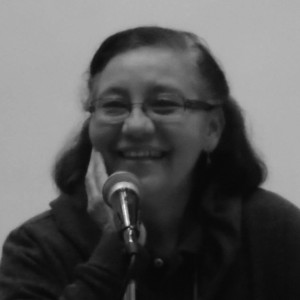
Guadalajara, Jalisco, México.
-
+52 (333) 613 27 03
-
This email address is being protected from spambots. You need JavaScript enabled to view it.
-
FACEBOOK
-
TWITTER

